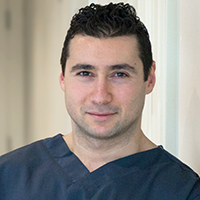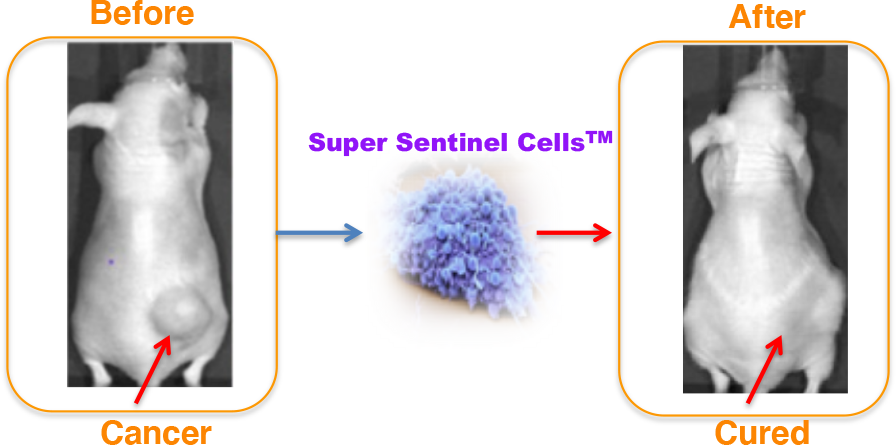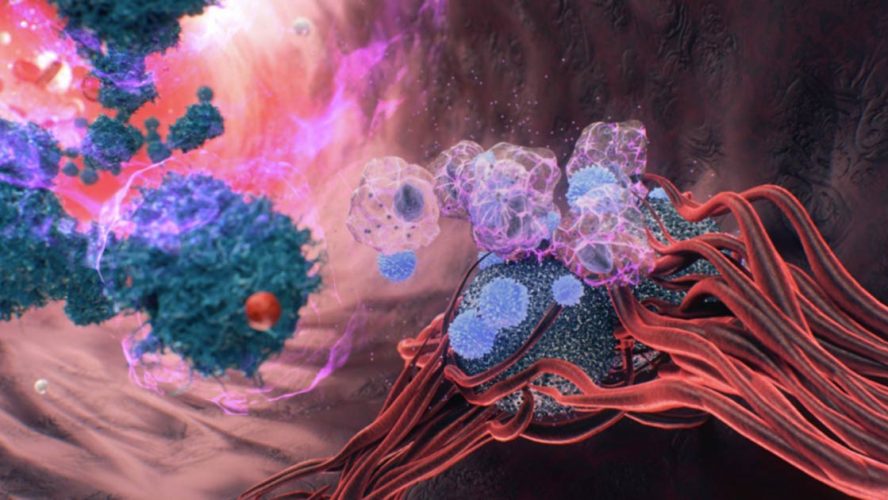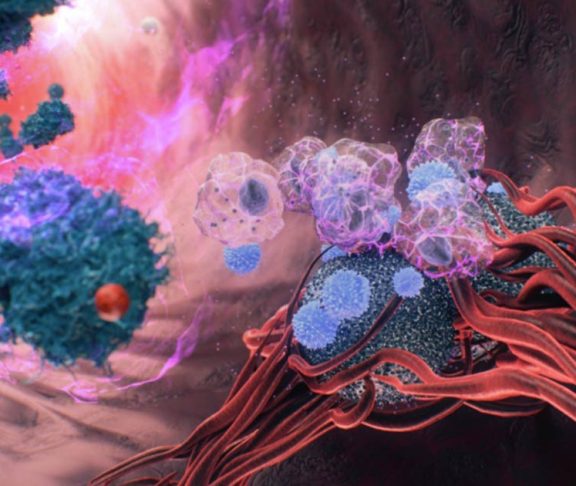
Dr. Riam Shammaa
Founder & CEO, IntelliStem Technologies
Cancer is the leading cause of death in Canada. In the past year, almost a quarter of a million new cases of cancer have been diagnosed and more than 80,000 people have died of the disease. The statistics are grim but there’s hope. And while surgery, radiation, and chemotherapy offer management options for local tumours, these multimodality therapies are indolent to spread neoplasms and metastases.
The notion of developing therapeutic vaccines against cancer is a very appealing concept that eluded scientists for years. So far, all attempts to develop cancer vaccines failed in achieving the hoped-for cancer cure, due to two main reasons. Firstly, the technology that’s used is based on dendritic cells, the same immune system cells termed “sentinel cells” in the body that failed to detect the cancer and destroy it in the first place. The second reason is the high cost of developing such cell-based therapies. For example, dendritic cell therapy, a treatment in which a patient’s immune system cells are taken from the patient and processed so that they can identify cancer cells, usually costs around $265,000, rendering the therapy inaccessible to millions of patients.
However, this may change as Canadian scientists have made a revolutionary breakthrough that successfully targets and kills cancer while bringing down the cost.
A major milestone in the history of medicine and genetic engineering
The scientific team of IntelliStem Technologies, a Toronto-based biotechnology company, has genetically engineered stem cells to attack cancer cells. In a recent study, IntelliStem Technologies researchers introduced those cells, named Super Sentinel Cells (SSCs), to animals’ cancer cells outside their bodies. In doing so, they programmed the SSCs to find those specific cancer cells. The programmed cells were then separated from the cancer cells and injected into the animals. These SSCs showed the animals’ immune systems where to find, and destroy, the cancerous cells. The success rate was unprecedented: at least 80% of animals who underwent this procedure survived, whereas less than 20% of the animals treated with dendritic cells survived.
“It was one of the happiest moments of my life,” says Dr. Riam Shammaa, Founder and CEO of IntelliStem Technologies. “To our knowledge, this is the first time that humans have genetically engineered cells that function better than what Mother Nature gave us. The SSCs were able to train against every cancer we threw at them.” Dr. Shammaa explains that, because SSCs can learn the signals and antigens of any cancerous cell, they have the capacity to attack any kind of cancer, from lung and skin cancers to prostate cancer and lymphoma.
“The reason why our cells perform better than Mother Nature-given cells is due to evolution. For the past 400,000 years, humanity’s worst enemy was infections, and humans rarely lived beyond 45 years of age. So, our immune system and dendritic cells evolved to be excellent at fighting infections. Only in the last century has humans’ life expectancy extended to an average of 85 years, making cancer one of the leading causes of death and suffering in humans. So from an evolutionary standpoint, our dendritic cells never got a chance to evolve to fight cancer.”

More patient access by bringing down the cost
In addition to being more effective than standard cell therapy, treatment with SSCs would provide two major advantages, according to Dr. Shammaa. “Because we use stem cells, the therapy is very safe. We’re all aware of the serious side effects and toxicity of cancer treatments such as chemotherapy, whereas stem cells have been extensively studied in humans and are very safe compared to the other alternatives. The second advantage is that SSC treatment would be relatively more affordable, because it’s less expensive to use stem cells as the building blocks for the technology, making the therapy easier, better, and cheaper,” he says. For example, CAR T-cell therapy usually costs between $465,000 and $665,000, whereas SSC treatment would be roughly $40,000 to $66,000. “One of our main goals is accessibility for all patients,” says Dr. Shammaa. “Our work isn’t a science fiction project that’s anticipated to come to fruition in the next 20 years, it’s a reality and we’re working hard to get the therapy to patients within the next five years.”
IntelliStem has now started producing the cells for human clinical trials to get the therapy approved by the FDA in the U.S. “We had successful meetings with the oncology teams of the top cancer centres in North America, including teams from the Dana-Farber Cancer Institute at Harvard Medical School, the City of Hope National Medical Center in L.A., and the University of California in Irvine. We’re in the process of applying for the first clinical trial in humans within the next 12 months,” says Dr. Shammaa. He anticipates a day when treatment with SSCs will be available to everyone. “I lost my mother to breast cancer when I was young and I never wish anyone to live through the suffering,” he says. “Our top priority is to contribute to the fight against cancer, save lives, and ease suffering. We’re doing everything we can to deliver the treatment to patients as quickly as possible.”




